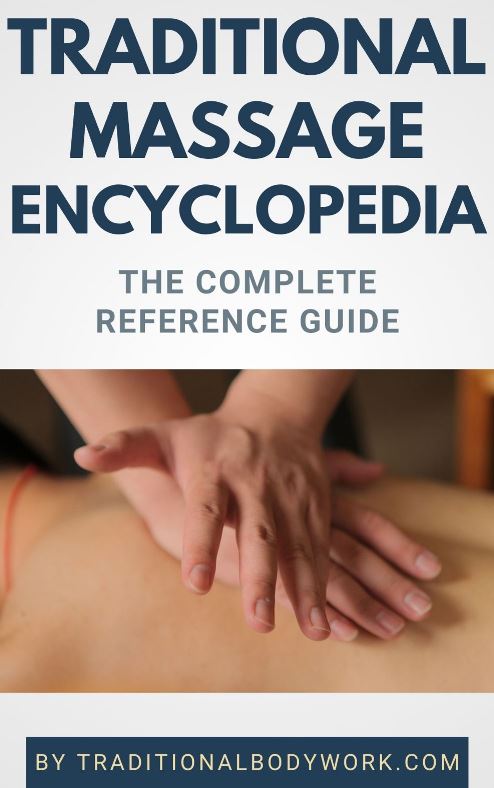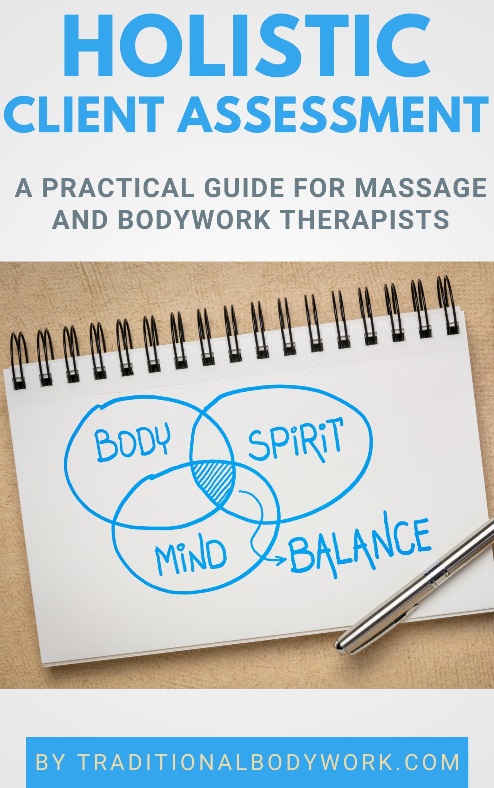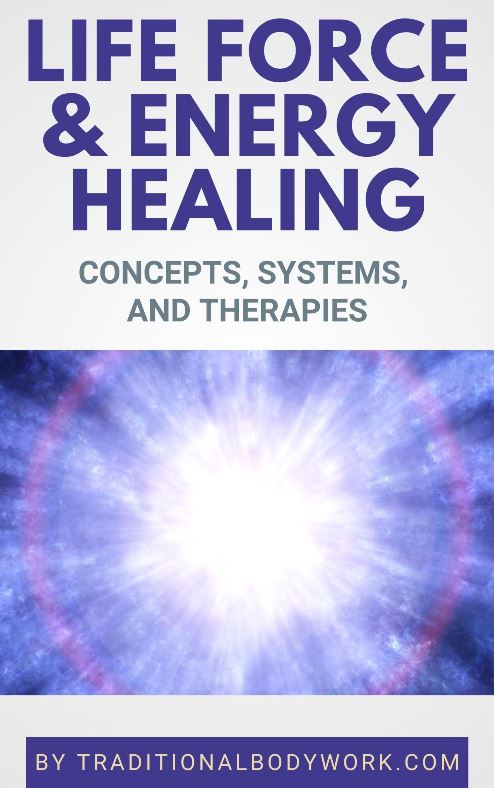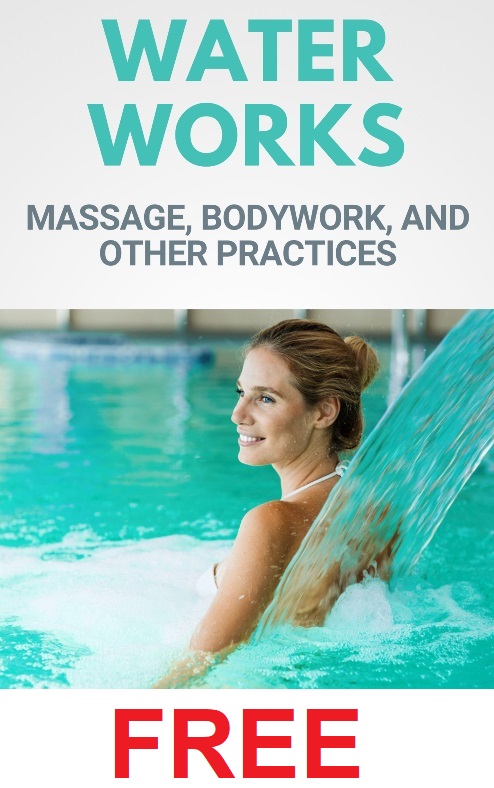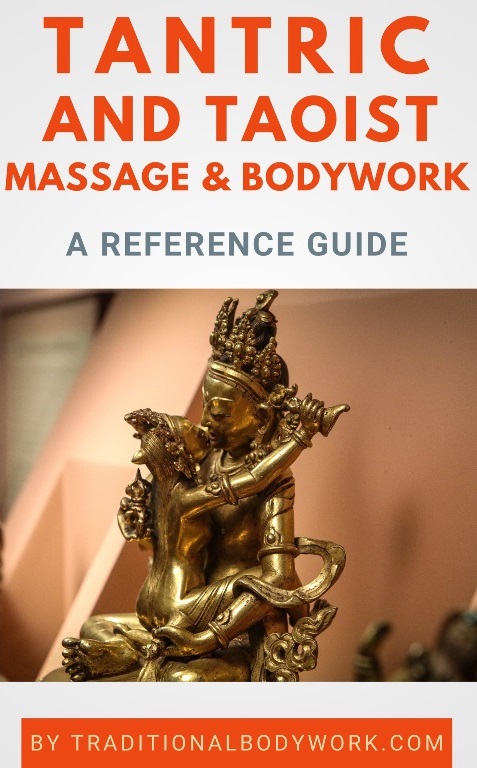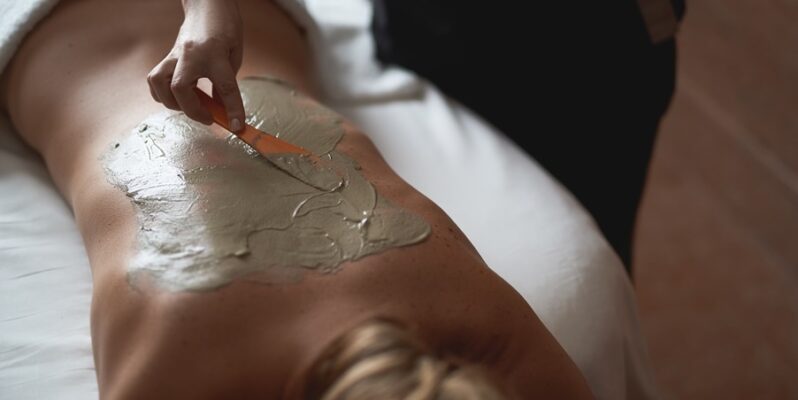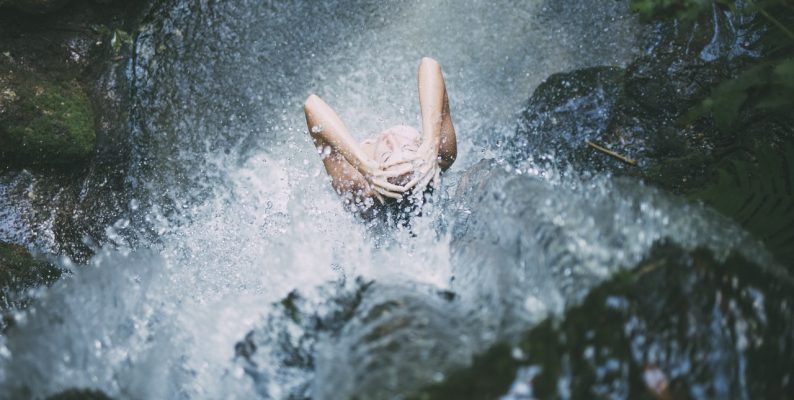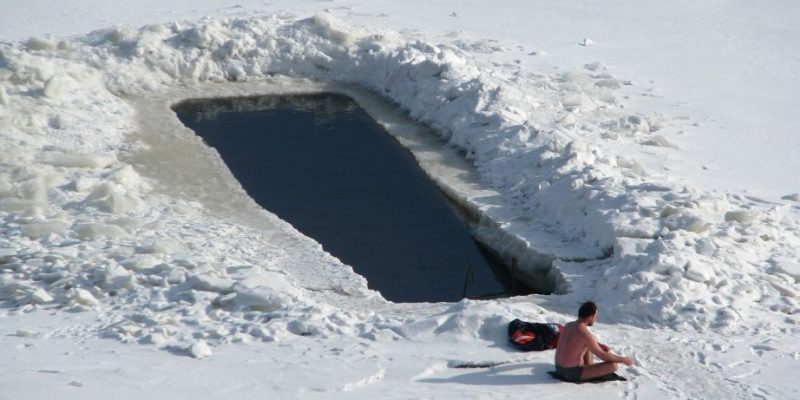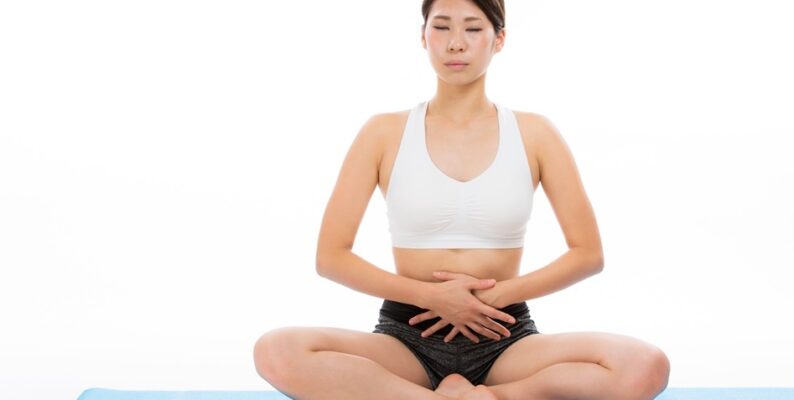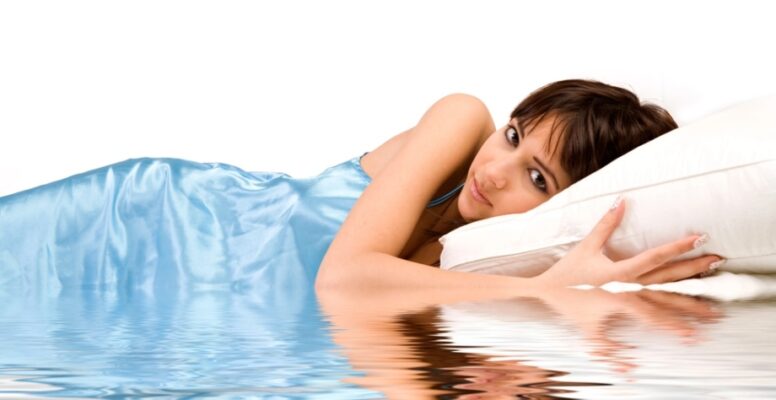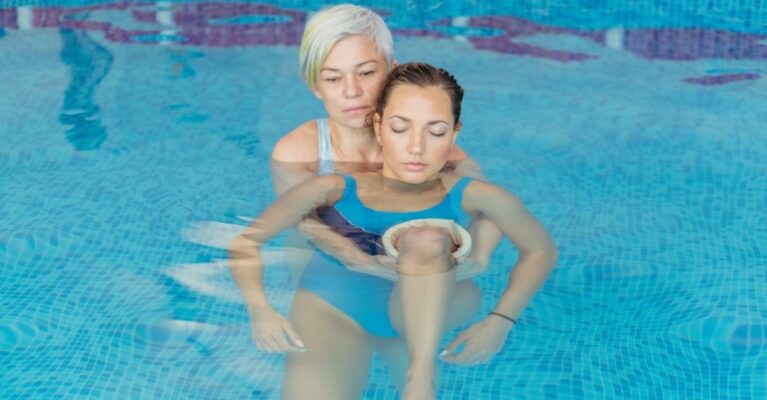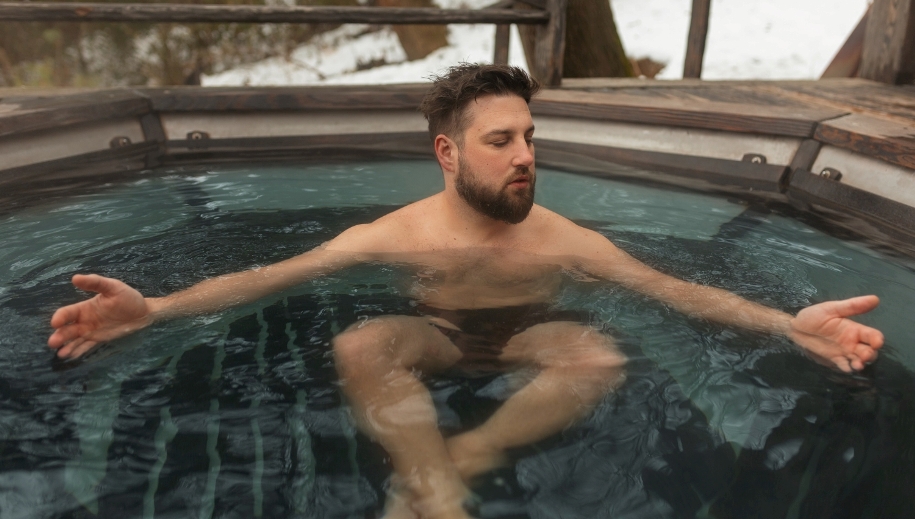
The benefits of cold plunges extend far beyond what most fitness enthusiasts expect. Research shows that workers who incorporated cold showers into their routines experienced 29 percent fewer sick days and reported noticeably higher energy levels after just 60 days.
Cold water immersion triggers remarkable physiological changes. Most people begin with short exposures of 30 seconds to one minute, gradually increasing to sessions of five to ten minutes. This exposure helps reduce muscle damage from intense physical activity, improves insulin sensitivity, and may even support the transformation of body fat.
In this article, we’ll explore the science behind cold plunges and uncover both the physical and mental benefits that go well beyond recovery. You’ll find practical tips for safely integrating this revitalizing practice into your daily routine.
What is a cold plunge and how does it work?
A cold plunge means quickly dipping yourself in cold water that triggers several body responses. The practice lets you submerge your body partially or fully in cold water for a brief time. The cold water naturally causes your blood vessels to narrow (vasoconstriction), speeds up your heart rate, and kicks your sympathetic nervous system into action—putting your body into a controlled “survival mode”.
Different types of cold exposure
You can experience cold therapy’s benefits in several ways:
- Cold Water Immersion (CWI): The standard method that needs you to submerge yourself in water 60°F (15°C) or colder up to your neck
- Cold Showers: A more available option that works great for beginners who stand under cold running water
- Contrast Water Therapy: You switch between cold (50-59°F) and hot (100-104°F) water for 1-2 minutes each
- Wim Hof Method: This combines breathing exercises and gradual cold exposure
Water’s superior heat conductivity makes cold plunges the quickest way to get physiological responses, unlike whole-body cryotherapy that uses freezing air.
Typical temperatures and durations
Most experts suggest water temperatures between 50-60°F (10-15°C). Seasoned cold plungers might use temperatures as low as 37.4°F (3°C), though beginners should avoid this.
Time management follows a “less is more” philosophy. Beginners should limit sessions to 30-90 seconds. Your body adapts better when you add 15-30 seconds every few sessions. Research shows that 11 minutes of total cold exposure weekly spread across multiple sessions gives you the cold plunge benefits.
How to prepare your cold plunge at home
Setting up a home cold plunge is easier than you might think. Pick a suitable container—your bathtub, stock tank, or purpose-built cold plunge tub works perfectly. Fill it halfway with cold water and add about three large bags of ice to hit the right temperature.
For a more consistent and hassle-free setup, consider using a tool like the Warrior Willpower water chiller for ice bath, which helps maintain optimal cold temperatures without constantly needing to replenish ice.
Check the water temperature with a thermometer before getting in to ensure it stays between 50-60°F. Safety comes first, so remember these key points:
- Keep someone nearby during initial sessions
- Do breathing exercises beforehand
- Step into the water slowly instead of jumping
- Keep your head dry and above water
- Time your sessions carefully
Regular practice at the right temperature and duration helps build your cold tolerance and unlocks all the benefits cold plunging offers.
Beyond recovery: Physical benefits of cold plunges
Athletes have used cold immersion for recovery, but cold water’s effects on our body go way beyond easing post-workout pain. Research shows that regular cold plunges create ripple effects throughout multiple body systems that boost physical health by a lot.
Reduced muscle soreness and inflammation
The science behind cold plunge benefits for muscle recovery makes a strong case. Cold water makes blood vessels constrict quickly and reduces blood flow to inflamed areas. Studies confirm that cold immersion reduces exercise-induced muscle damage after demanding physical activities.
Here’s something to think over: cold plunges might actually hold back muscle growth right after strength training. Research shows that ice baths can decrease how well satellite cells build and repair muscles—this could reduce strength gains by 10-20%.
Improved circulation and cardiovascular response
Cold water immersion trains your cardiovascular system powerfully. The original “cold shock” makes your heart rate and blood pressure spike as your body maintains core temperature. After this first response, blood vessels go through cycles of shrinking and expanding after you get out of the cold.
University of Oregon researchers found big drops in people’s heart rate, blood pressure, and cortisol levels after just 15 minutes in cold water. Over time, this vascular system conditioning might improve your overall circulatory health—especially if you have high blood pressure or diabetes.
Boosted metabolism and fat adaptation
Cold exposure brings some amazing metabolic benefits that last longer than just burning calories:
- Wakes up brown adipose tissue (BAT), which burns calories to create heat
- Makes insulin sensitivity and glucose metabolism better, which might lower diabetes risk
- Burns about 188.43 more kcal each day compared to staying at room temperature
Studies show cold exposure boosts BAT activity and volume by a lot, which helps your body burn fat better. Researchers learned that cold exposure seems to create a healthier metabolic profile by changing how your body handles glucose and fatty acids.
Mental and emotional benefits of cold exposure
Cold plunges offer more than just physical recovery. They have a profound impact on brain chemistry, helping to reshape your mental state and emotional resilience. Exposure to cold water sets off a cascade of neurological responses that support mood balance, stress reduction, and cognitive clarity.
Key mental and emotional benefits include:
- Mood enhancement and endorphin release: Cold exposure stimulates the release of powerful mood-boosting chemicals. Many people report feeling more active, alert, and inspired after a plunge, while also experiencing less nervousness or distress. Studies show dopamine levels can rise by up to 250 percent, creating a natural sense of euphoria often described as “cold-induced high.”
- Increased stress resilience and nervous system regulation: Immersion in cold water lowers cortisol levels for hours after the experience. With consistent practice, the body may adapt to stress by producing less cortisol in everyday situations.
- Enhanced focus and mental clarity: Cold water exposure improves alertness by increasing norepinephrine, which boosts blood flow to the brain. This leads to clearer thinking and sharper concentration. Brain imaging has shown that cold plunges strengthen neural networks involved in attention and decision-making, particularly in areas linked to focus and executive function.
Risks, limitations, and how to do it safely
Cold exposure offers exceptional benefits, but safety should be your top priority when using this technique. The National Center for Cold Water Safety cautions that water temperatures below 60°F can be lethal within a minute.
Who should avoid cold plunges?
You should ask your healthcare provider before trying cold plunges, especially when you have:
- Heart conditions or high blood pressure
- Diabetes or peripheral neuropathy
- Respiratory conditions like asthma
- Raynaud’s phenomenon
- Cold agglutinin disease
- Recent injuries or pregnancy
The risks are higher for children, older adults, and people taking medications like beta blockers. Alcohol and drugs make cold plunges dangerous because they affect judgment and reduce your body’s ability to retain heat.
Signs of overexposure or hypothermia
You need to get out of the water right away if you notice:
- Excessive shivering or its sudden stop
- Numbness in extremities
- Slurred speech or confusion
- Chest pain or irregular breathing
- Dizziness or lightheadedness
Your body temperature normally stays at 98.6°F, but hypothermia sets in when it drops below 95°F. Without immediate help, severe cases can lead to unconsciousness or death.
Tips for safe home or outdoor plunging
These guidelines help you get the full benefits of cold plunges safely:
A buddy system is vital – someone should always be nearby. Your immersion time should stay between 1-5 minutes, particularly as a beginner. The ideal water temperature ranges from 50-60°F (10-15°C).
The post-plunge routine matters. Change into dry clothes quickly, sip warm beverages, and move to a comfortable temperature environment. Note that becoming skilled at cold plunges takes time – start with brief sessions at milder temperatures before attempting colder, longer exposures.
Conclusion
Cold plunges have earned their place in both athletic recovery routines and broader wellness practices for good reason. What started as a performance tool for elite athletes has become a powerful method for enhancing physical health, mental clarity, and emotional resilience. Backed by research and growing popularity, cold exposure continues to show its potential as a natural way to support the body and mind.
When practiced safely and consistently, cold plunging can lead to meaningful improvements in circulation, metabolism, stress response, and focus.
As with any wellness approach, listening to your body and understanding the risks is key. By following recommended guidelines and gradually building tolerance, you can safely incorporate cold plunges into your routine and experience their full impact.

